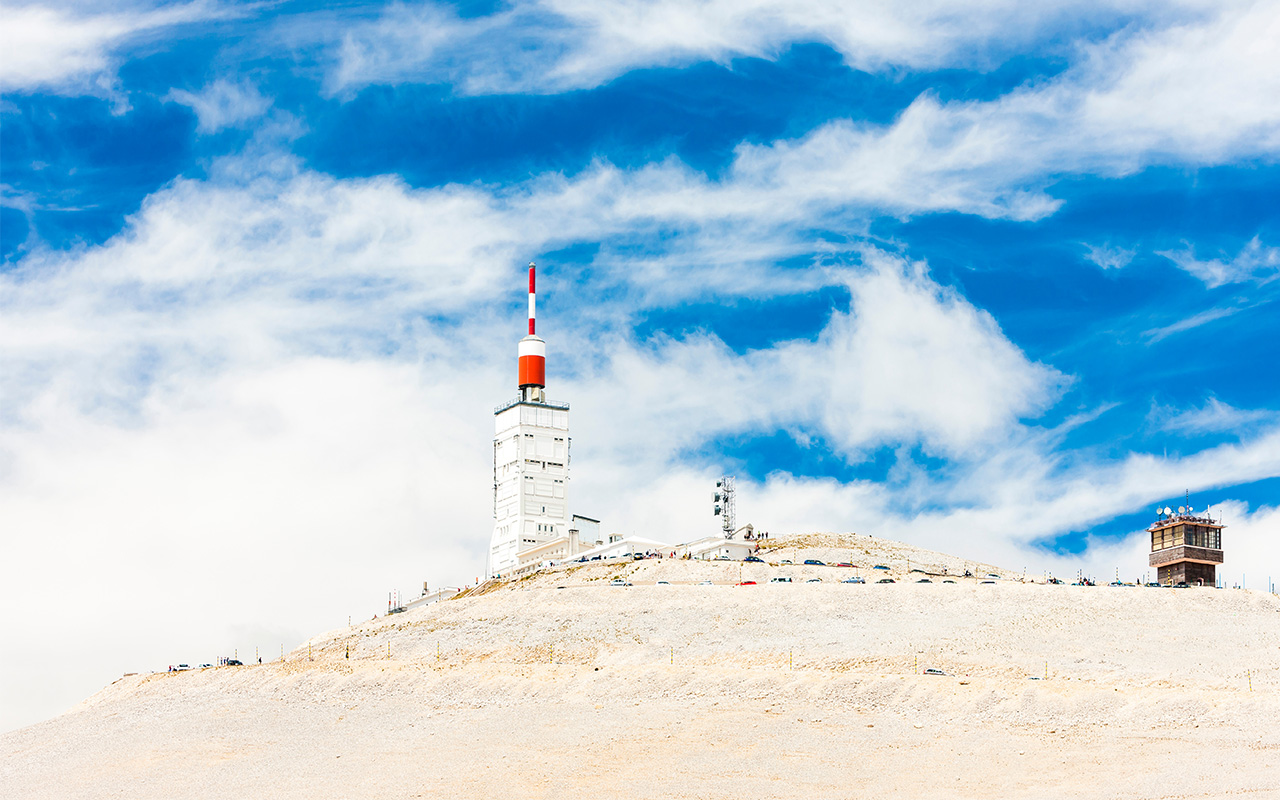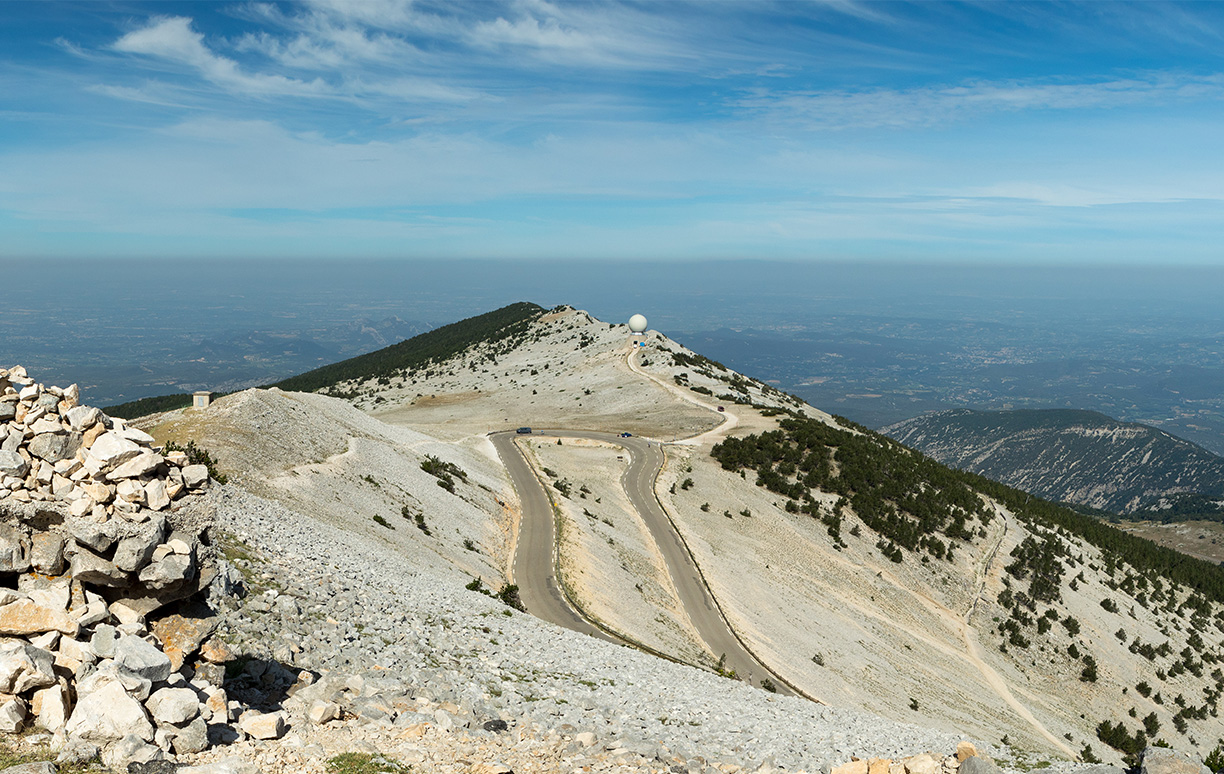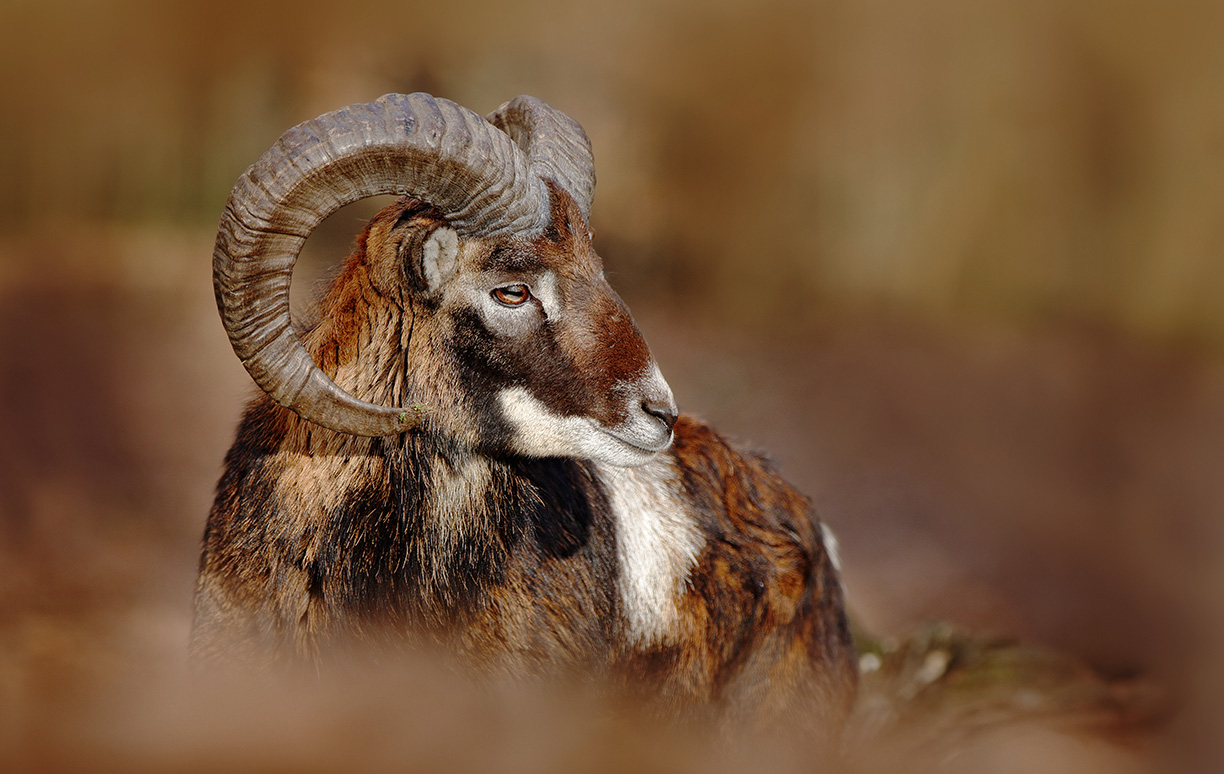

Mont Ventoux
Mont Ventoux

little kilimanjaro
little kilimanjaro

Sentinel
The youngest addition to the nine regional parks, Mont Ventoux is a giant beacon that surveys the kingdom of Provence.
A lunar landscape:
Rising into the stratosphere this iconic peak gives a false impression of always being covered in snow. Around the summit the vegetation gives way to a desert of exposed limestone which gives it, (on the south side), its white colour. This is the origin of its “the Little Kilimanjaro of Provence” nickname. It is true, viewed from the plain, it’s plausible to think it is capped in snow all year.
Ventoux overlooks the Baronies, the Rhône valley and the Vaucluse plateau. This giant of provence, listed as a “Biosphere Reserve” by UNESCO in 1990 and a Natura 2000 site, is a one-of-a-kind place for hiking and winter sports. The Mont Serein ski resort has six runs at 1,445 metres above sea level.

Fantastic flora
At the summit, exposed to extreme climatic conditions, a wide variety of alpine plants nonetheless survive, some very rare, even endemic, and even some seen in arctic regions, such as Saxifrages and Alpine poppy
The treeline changes at different altitudes changing from examples like Holm oak and evergreen shrubs on the lower sectors, to white oaks, cedars, pines and juniper the further upwe climb. It is also home to various orchid species and endagered Amaryllis species below.
La Nivéole de Fabre
Once considered the same species as the Nivéole de Nice until exhaustive scientific research seperated the two species due to subtle different morphologies.This rather special six petalled little white flower is nowadays considered endemic (only found) on Mont Ventoux and a few other mountains in the Vaucluse.
Peek-a-boo
Tufty
The bronze-red hair of the squirrel sometimes has areas of much darker, almost black, hair. A mature squirrel might measure 20cm long with a 15 cm tail. The red squirrel lives usually in a nest (drey) that it makes in the fork of a tree. It eats mostly seeds, fruits and nuts and in the autumn stocks food in holes (often in tree trunks) in preparation for the winter. The red squirrel is active in the day rather than at night and prefer to the security of the tree tops.


In a rut
After the slopes were reforested large herbivores returned to the area. It is once again home to chamois, mouflons (picture), red and roe deer, (ungulates). In addition there’s wild boar, hares, red squirrels, martins, foxes and badgers. One of the highlights of Autumn is listening to the bellowing stags as they get ready to rumble. This is their annual battle to win the hearts of the ladies (Rut). Only the biggest and strongest get to breed.

Wings and scales
As for birds, the area is home to 120 species of raptors and nesting birds, some of which are rare such as the hazel grouse, Tengmalm’s owl (originally from boreal forests, it populated the northern flank in the 1960s) or peregrine falcon. The most emblematic raptor of Ventoux is undoubtedly the short-toed snake eagle, a migratory bird that feeds only on reptiles, including Orsini’s viper (pictured), a small, harmless, very fearful snake that is found in only a handful of locations in France, including the Mont Serein area of Mont Ventoux.


